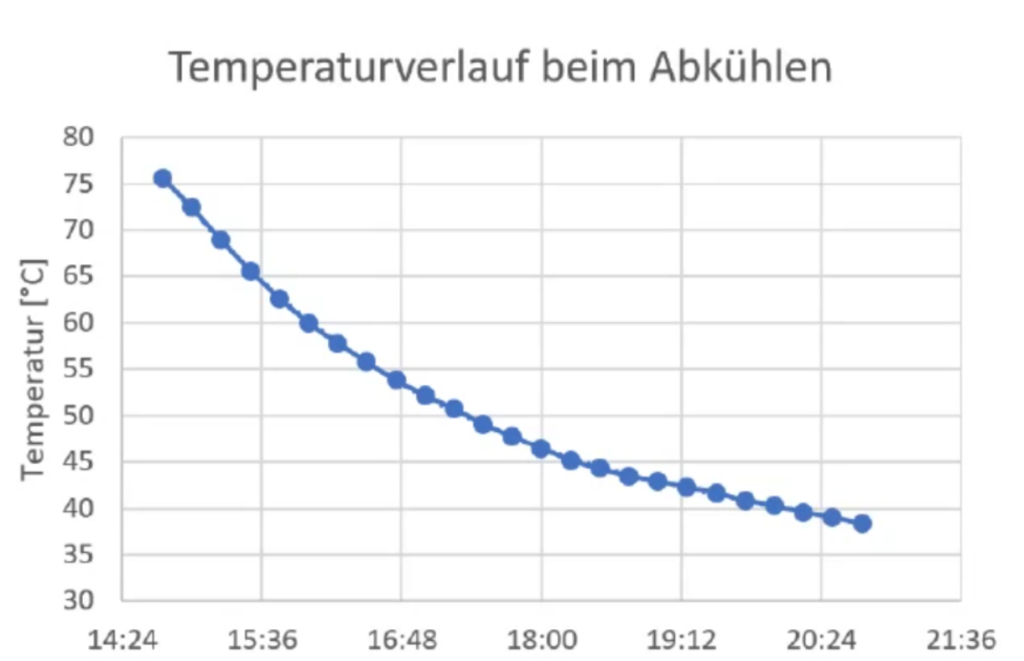*English Shownotes below*
Hallo alle zusammen,
heute geht es, wie versprochen, in den Norden. Ein etwas breiteres Norden, da es heute um Farmhouse brewing geht.
Und was liegt da näher als die Kapazität auf diesem Gebiet einzuladen?
Deswegen bstreitet heute Lars Marius Garshol mit mir die Sendung.
Eine Challenge gibt es heute: das wir nicht über das Wort mit „K“ reden, über das Marius sonst die ganze Zeit reden muss 😉
Deswegen geht es heute um:
Exploring Historical Scandinavian Beer Styles, culture and ethnographical influences.
What can be considered a beer?
The Significance of Mashing regimes in Farmhouse brewing.
Malts and grains used
Prominent historical beer styles
Modern Interpretations and Conclusion.
Tatsächlich haben wir zwei Termine gebraucht, um alles zu besprechen. Deswegen kommt der nächste Teil in einem Monat.
Zeit genug also, um alles zu verdauen.
Und falls ihr Fragen habt: meldet euch.
In diesem Sinne: viel Spass damit.
Stay thirsty and enjoy responsibly.
Euer Dr. Durstig
Quellen am Ende der Shownotes.
=====================================================================
Hello everyone,
Today, as promised, we’re heading north. A somewhat broader north, as today is all about farmhouse brewing.
And what could be more obvious than to invite the authority in this field?
That’s why Lars Marius Garshol is joining me on the programme today.
There is one challenge today: that we don’t talk about the word with a „K“, which Marius usually has to talk about all the time 😉
That’s why today is about:
Exploring Historical Scandinavian Beer Styles, culture and ethnographical influences.
What can be considered a beer?
The Significance of Mashing regimes in Farmhouse brewing.
Malts and grains used
Prominent historical beer styles
Modern Interpretations and Conclusion.
It actually took us two meetings to discuss everything. That’s why the next part will come in a month’s time.
Enough time to digest everything.
And if you have any questions: get in touch.
In the meantime: have fun with it.
Stay thirsty and enjoy responsibly.
Your Dr Thirsty
Sources at the end of the show notes.
Botanical evidence of malt for beer production in fifth–seventh century Uppåkra, Sweden
Hot Rocks! Beer brewing on Viking and Medieval Age Farms in Trøndelag
Historical Brewing techniques
Fire & Brew-Stone: The Real Story of Steinbier
BYO: Making Sake
Kikusui Sake: Sake Brewing process
Exploring the Science of Mashing: Temperature and Time
BYO: Raw Ale
Sahti: Finland’s Famous Farmhouse Ale
Kornøl: The Tale of the Ale of the Grain
Style School: Koduõlu Is Estonia’s Own Home Beer
Gotlandsdricke (1, 2, 3, HBT page 302)
Skibsøl
Stordjalsøl (1, 2)
Heimabrygg (HBT page 309, 313, 310-312)
Danish Landøl (HBT page 295)
Gammeltøl (1, 2, HBT page 296)
Sur (HBT page 324)
Lithuanian farmhouse ale (Keptinis, Kamiskas, Stone Beer)
Zur industrialisierung des Deutschen Braugewerbes im 19. Jahrhundert. Das Beispiel der Reichsgräflich zu Stolbergschen Brauerei Westheim in Westfalen 1860-1913, Clemens Wischermann, Zeitschrift für Unternehmensgeschichte, 30. Jahrg., H. 3. (1985), pp. 143-180
Bäuerliche und handwerkliche Arbeitsgeräte in Westfalen, Hinrich Siuts, Münster, 1982.

